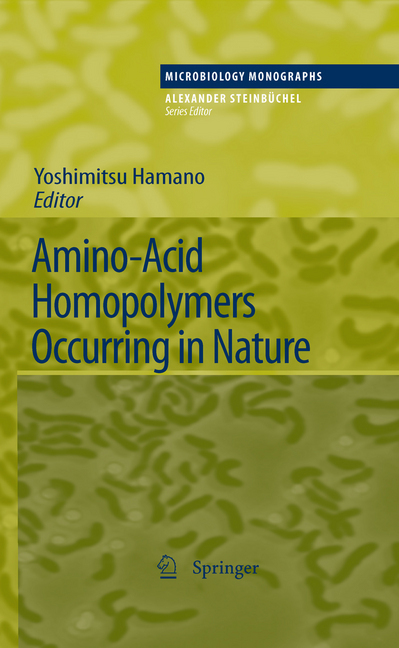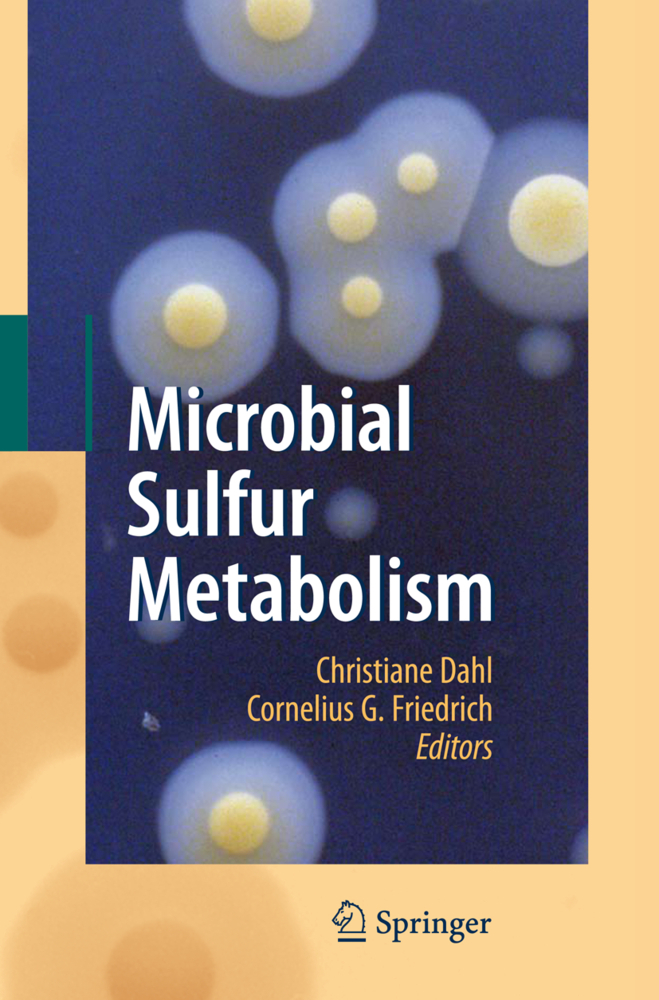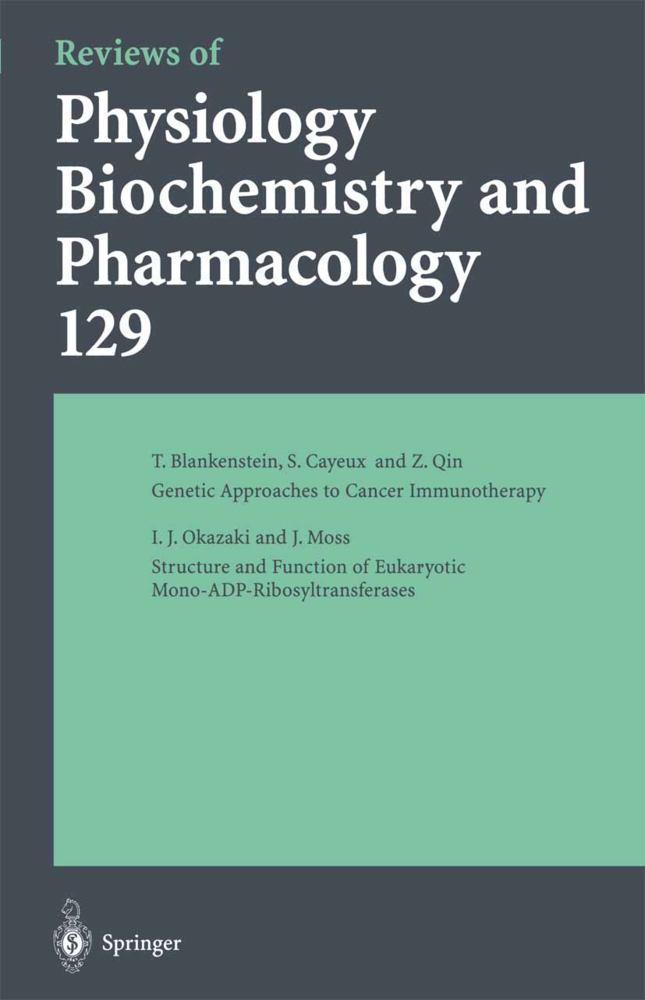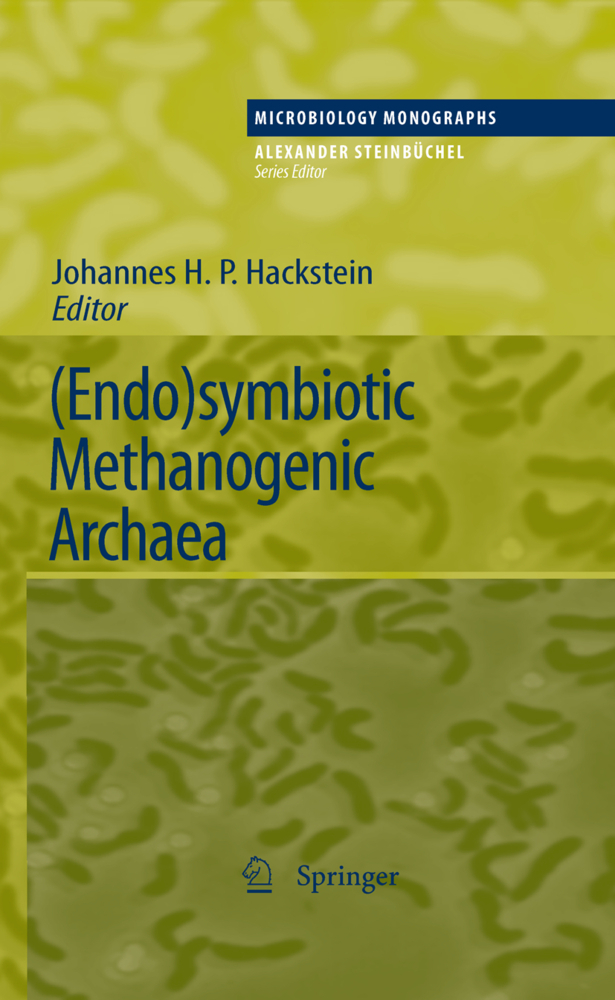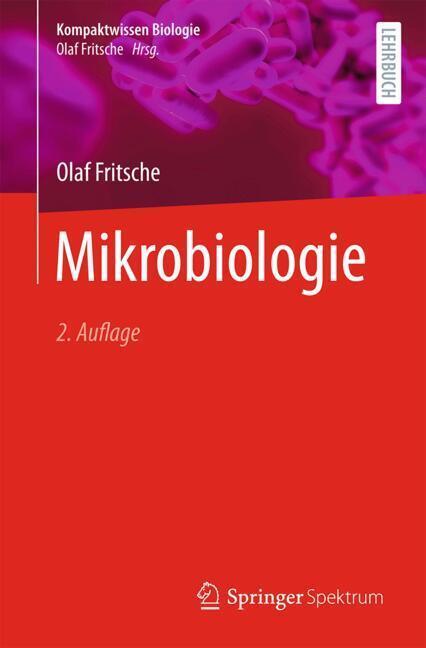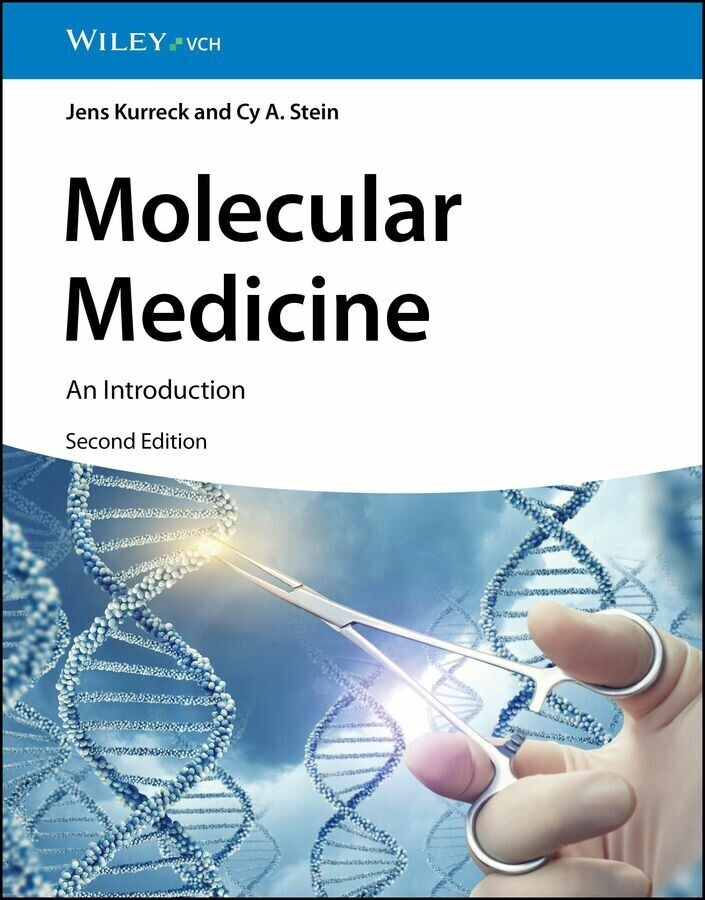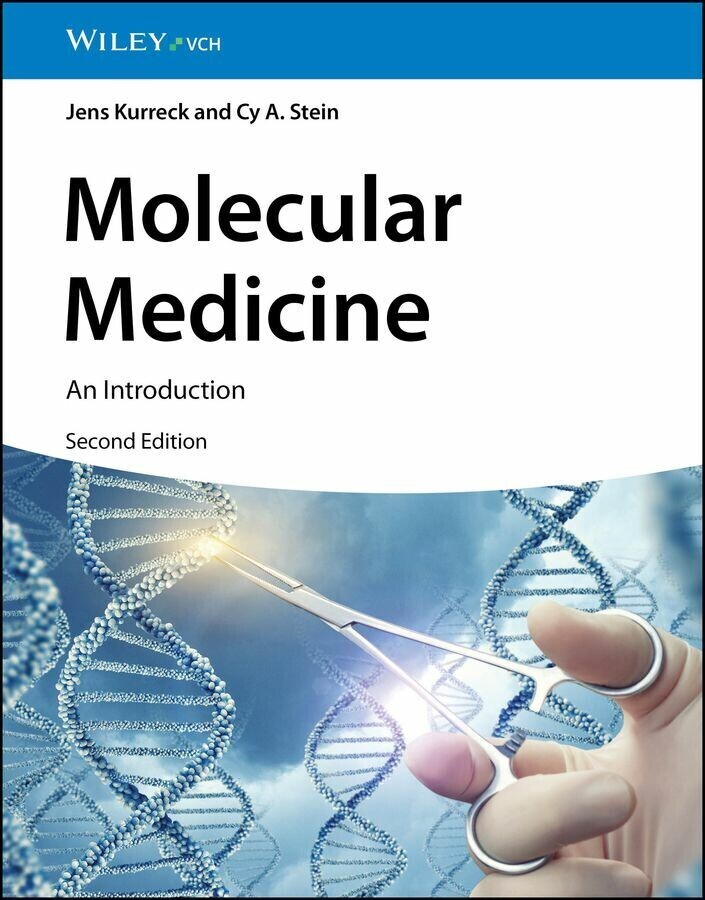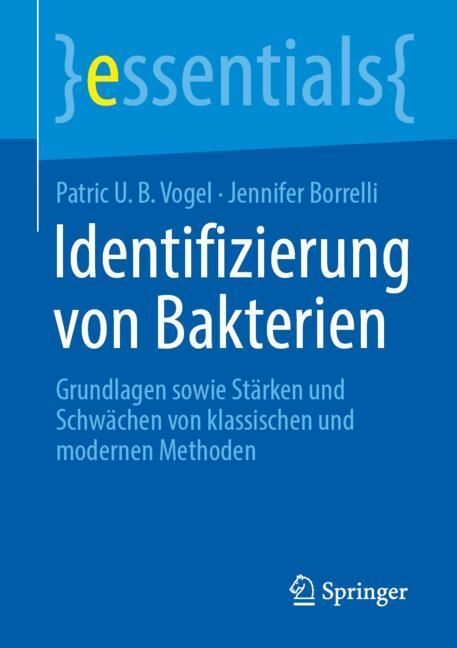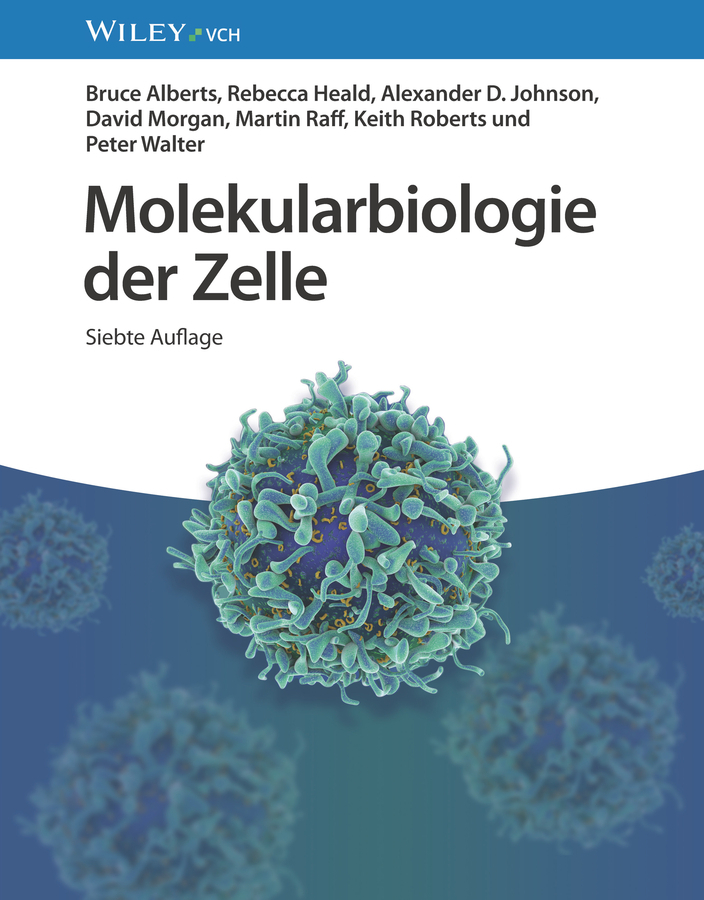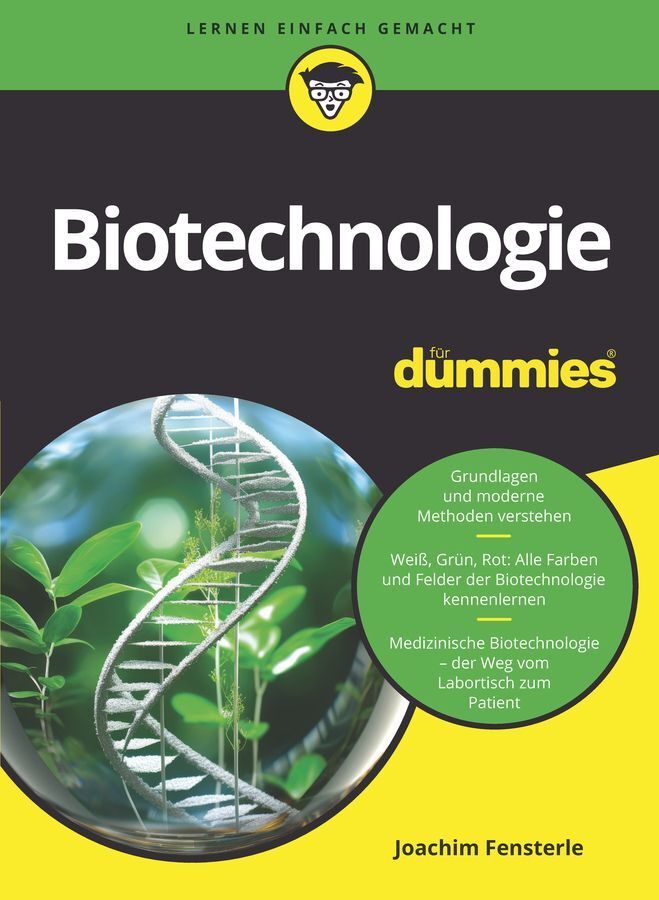Microorganisms are capable of producing a wide variety of biopolymers. Homopolymer peptides, which are made up of only a single type of amino acid, are far less ubiquitous. The only two amino-acid homopolymers known to occur in nature are presented in this volume. Poly-epsilon-L-lysine is a polycationic peptide and exhibits antimicrobial activity against a wide spectrum of microorganisms. It is both safe and biodegradable and is therefore used as a food preservative in several countries. In addition, there has been great interest in medical and other applications of poly-lysine and its derivatives. In contrast, poly-gamma-glutamic acid is an unusual anionic polypeptide. It is also water soluble, biodegradable, edible, non-toxic and non-immunogenic and can be chemically modified to introduce various drugs. These features are very useful for pharmaceutical and biomedical applications. Poly-glutamic acid is also a highly attractive as a food ingredient.
1;Preface;6 2;Contents;8 3;Occurrence and Production of Poly-Epsilon-L-Lysine in Microorganisms;10 3.1;1 Introduction;11 3.2;2 Screening and Discovery of Poly-epsi-l-Lysine Polymers;12 3.2.1;2.1 First Discovery as Dragendorff-Positive Substance;13 3.2.2;2.2 Every Producer Strain Has epsi-PL-Degrading Activity;13 3.2.3;2.3 High Throughput Screening in Agar Plates;14 3.2.4;2.4 Frequent Occurrences Found by Two-Stage Culture Method;14 3.3;3 Production Behavior in Streptomyces Strains;15 3.3.1;3.1 Features Shown by the Two Strains;16 3.3.2;3.2 Effects of the Culture Medium;17 3.3.3;3.3 Release of Polymers into the Culture Broth;18 3.3.4;3.4 Development of epsi-PL-Hydrolyzing Activity;19 3.4;4 Polymer Structure of epsi-PL in Streptomyces Strains;21 3.5;5 Two Advantageous Producers;23 3.5.1;5.1 Streptomyces lydicus USE-11;23 3.5.2;5.2 Streptomyces aureofaciens USE-82;23 3.6;6 Production Control and Chain Length Shortening;24 3.6.1;6.1 Cell Density-Dependent Production;24 3.6.2;6.2 Chain Length Shortening by Aliphatic Hydroxy-compounds;25 3.6.3;6.3 Chain Length Shortening Assisted by Sulfated beta-Cyclodextrin;26 3.7;7 Poly(Amino Acid) Coproduced with epsi-PL;27 3.7.1;7.1 Poly-gamma-l-Diaminobutanoic Acid;27 3.7.2;7.2 Lariat-Shaped Poly-gamma-l-Glutamic Acid;28 3.8;8 Concluding Remarks;29 3.9;References;30 4;Biochemistry and Enzymology of Poly-Epsilon-l-Lysine Biosynthesis;32 4.1;1 Introduction;33 4.2;2 Genetic System in an epsi-PL Producer, S. albulus NBRC14147;34 4.2.1;2.1 Identification of the Cryptic-Plasmid pNO33 Replicon;34 4.2.2;2.2 Construction of the pNO33-Based Shuttle Vectors for E. coli and Streptomyces Strains;35 4.2.3;2.3 PEG-Mediated Transformation of S. albulus CR1 Protoplast with pLAE001;35 4.2.4;2.4 Conjugal Transfer of the oriT-Vector, pLAE003, from E. coli to S. albulus CR1;36 4.2.5;2.5 Construction of a Genetically Engineered Strain of S. albulus CR1 for epsi-PL Overproduction;37 4.3;3 epsi-PL Synthetase;39 4.3.1;3.1 Purification of Pls from S. albulus NBRC14147;40 4.3.2;3.2 Enzymatic Characterization of the Purified Pls;40 4.3.3;3.3 Cloning of the Gene Encoding Pls;41 4.3.4;3.4 Catalytic Mechanism of Pls;43 4.3.5;3.5 Substrate Specificity of Pls;44 4.4;4 Concluding Remarks and Future Perspectives;47 4.5;References;51 5;Biochemistry and Enzymology of Poly-Epsilon-l-Lysine Degradation;54 5.1;1 Introduction;55 5.2;2 Assay for epsi-PL-Degrading Activity;55 5.3;3 epsi-PL Degradation by Microorganisms;57 5.3.1;3.1 epsi-PL Degradation by epsi-PL-Tolerant Microorganisms;58 5.3.1.1;3.1.1 epsi-PL-Degrading Enzyme of Sp. multivorum OJ10;58 5.3.1.2;3.1.2 epsi-PL-Degrading Enzyme of Chryseobacterium sp. OJ7;60 5.3.2;3.2 epsi-PL Degradation by epsi-PL-Producing Microorganisms;61 5.3.2.1;3.2.1 Time Course of epsi-PL-Degrading Activity During epsi-PL Production by S. albulus;61 5.3.2.2;3.2.2 Characterization of epsi-PL-Degrading Enzyme from S. albulus;62 5.3.2.3;3.2.3 Correlative Distribution of epsi-PL-Degrading and epsi-PL-Producing Activities;63 5.4;4 Molecular Genetic Analysis of epsi-PL-Degrading Enzyme of S. albulus;64 5.4.1;4.1 Cloning and Analysis of the pld Gene for epsi-PL-Degrading Enzyme of S. albulus;65 5.4.2;4.2 Biological Function of the pld Gene in S. albulus;65 5.5;5 Conclusion;66 5.6;References;67 6;Biotechnological Production of Poly-Epsilon-l-Lysine for Food and Medical Applications;69 6.1;1 Introduction;70 6.2;2 Microbial Production of epsi-PL;71 6.2.1;2.1 epsi-PL Production in S. albulus No. 346 (Wild-Type);71 6.2.2;2.2 Improvement of epsi-PL Production Using a Mutant Strain of S. albulus;71 6.2.3;2.3 Optimization of epsi-PL Production for Commercial Supply;72 6.3;3 Biological Activities of epsi-PL;73 6.3.1;3.1 Antimicrobial Activities and Antiphage Activity of epsi-PL;73 6.3.2;3.2 Antimicrobial Mechanism of epsi-PL;73 6.3.3;3.3 Microbicidal Activities of epsi-PL;76 6.3.4;3.4 Antimicrobial Profiles of epsi-PL;77 6.3.5;3.5 Safety of epsi-PL;77 6.4;4 Application of epsi-PL;78 6.4.1;4.1 Food Preservative;78 6
Hamano, Yoshimitsu
| ISBN | 9783642124532 |
|---|---|
| Artikelnummer | 9783642124532 |
| Medientyp | E-Book - PDF |
| Auflage | 2. Aufl. |
| Copyrightjahr | 2010 |
| Verlag | Springer-Verlag |
| Umfang | 250 Seiten |
| Sprache | Englisch |
| Kopierschutz | Digitales Wasserzeichen |

